Like the label on a bottle of wine or the illustrations covering a tube of lotion, a book’s cover is the first thing most of us notice. (I’ve picked up a bottle of wine solely based on the cover; that’s me.) The cover is meant to grab our attention and, in a few microseconds, tell us what’s contained within those pages or at least give us some sense of what to expect. It could be a photograph or an illustration. It might be literal or figurative.
All cookbooks have a theme or story that runs through them.
Some might be about the personal journey of the author or chef, the food of a region or faith, the science of cooking, or recipes to show us how to use an appliance like the Instant Pot or a single ingredient. Heck, it could even be based on a fantasy television show. The options are endless and, as often said, limited by our imaginations.
With each of my books, I worked with the book's premise and then thought about styling and photographing. My first cookbook, Season, allowed me to share my story. It tells my journey of immigrating from India to America, coming out, and changing careers from science to cooking. The photography style for that book is more intimate, with many photos from India, where I grew up. My second cookbook, The Flavor Equation, is very different. This cookbook is all about understanding the science of flavor in cooking. For this book, I intentionally selected a style that showcased the colors and textures in food. The book has a lot of macro photography and even photographs I took on microscopes at UC Berkeley.
Preorder Veg-Table Now (Get your copy signed!)
My third cookbook, Veg-Table, has two themes running through the pages. Vegetable science is a big part of the book, but it’s also meant to be more casual. The recipes are a reflection of how I cook at home. To reflect these two themes, I took many macro photos of the vegetables used in the book to showcase Mother Nature’s architectural magnificence. At the same time, I also wanted the images to have a touch of everyday home, casual and relaxed. You’ll see photos of the food and me cooking in my kitchen.
In cookbooks, publishers use a few words to describe the photos, and there are several variations on these, but these descriptions should give you a good sense of what they are.
Cover photos
Hero shots refer to each recipe's final beauty shot of the finished dish.
Step-by-step instructional photos that depict the sequence of events to create a dish.
Atmospheric shots refer to anything other than the previous three. These can include photos of the restaurant, people, places, plants, animals, curtains, literally anything… it could be abstract.
The author’s profile photo.
Not surprisingly, there’s a big difference in book covers between America and countries like the U.K. and Australia, among others. The former prefer photos for their covers, while the latter lean towards illustrated covers. You’ll notice this: the covers change when books get published in different countries. For example, the Korean edition of The Flavor Equation is very different from the American one. Supposedly, and I can’t verify this, but from what some editors (not from my publishing house), a marketing study done in America showed that consumers prefer books with photos over illustrations.


Cover photos are arguably one of the most important aspects of book design.
A lot is riding on the cover photo because, like a magazine on a newsstand, it’s meant to catch a person's attention. Veg-Table turned out to be a bit more challenging than my previous books. It took us two months to nail it down. First, we hadn’t settled on a name yet. In my experience, I’ve found the book's name to be a helpful guide to setting the tone of the book’s photos. When I submitted the earliest version of my manuscript, it was titled “Book 3”. It's a very useless title, a space filler. It was only when we seriously started toying with book titles that I began to think about the cover more decisively. After weeks of tossing ideas at each other, we narrowed it down to two options:
“Veg-Table” - based on the name of my original blog, A Brown Table, and
“These Vegetables Are What You Need”
Armed with these two options, I had a good sense of what the cover should entail. When I read them, they implied an assortment or some cornucopia of vegetables of various colors, shapes, and textures. With that in mind, I took a series of photographs.
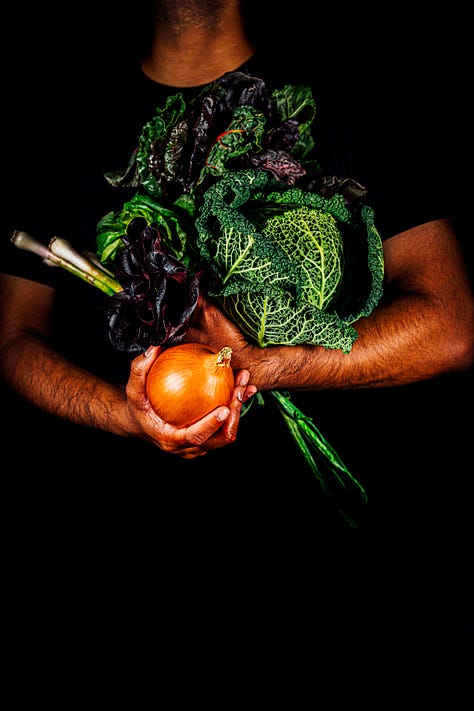
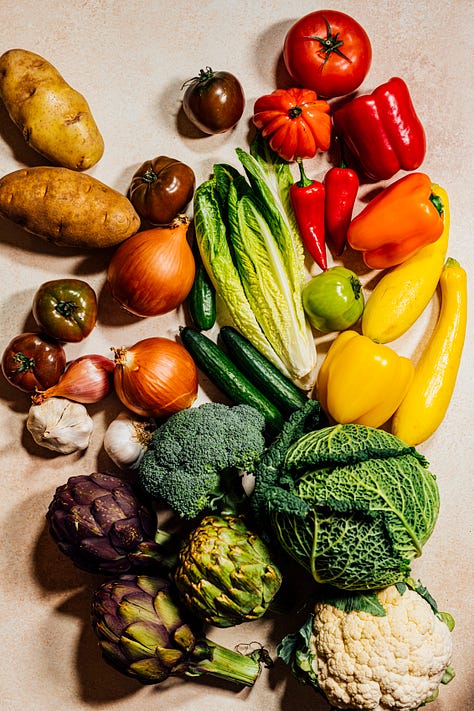
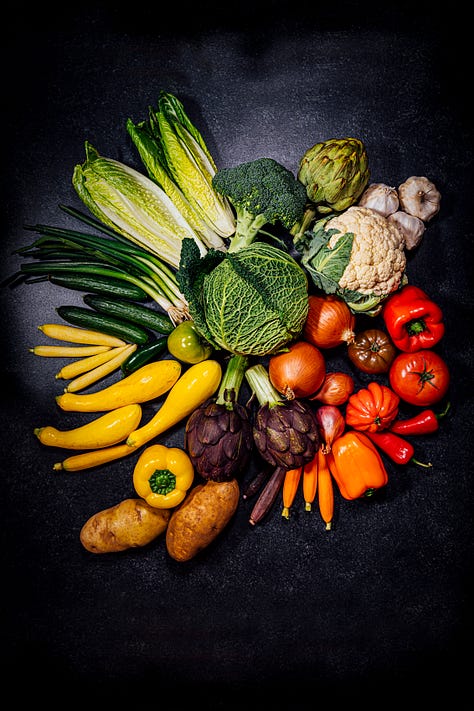
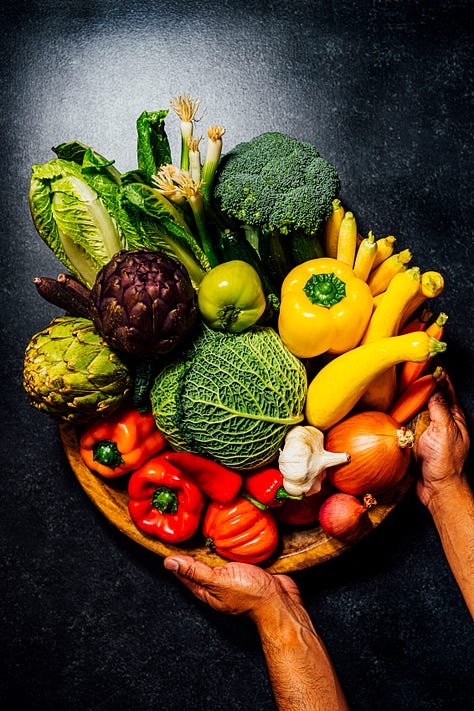

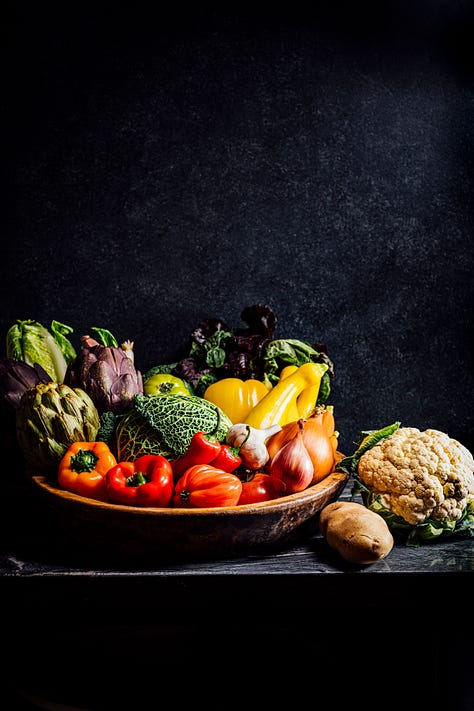
My book designer, Lizzie Vaughan, who also worked on The Flavor Equation, then took these photos, combined them with the book title options, and played around with them. Lizzie was also instrumental in helping me shape the art direction for the cover; her suggestions were invaluable. At Chronicle Books, everyone gets to vote and voice their opinions - editors, marketing and publicity teams, me, and my agent. I prefer this; it’s collaborative, and I learn from them what might work and what might not and why.
Take a look at the final eight options.
They’re all quite different, and the last one in this panel (the one with the peach background) will remind you of The Flavor Equation. One of the critical things Lizzie intentionally did is build a transition from each book; there’s a slight change in font and style from each book. There’s an evolution with each cookbook, just like my style of cooking and writing changes over time.






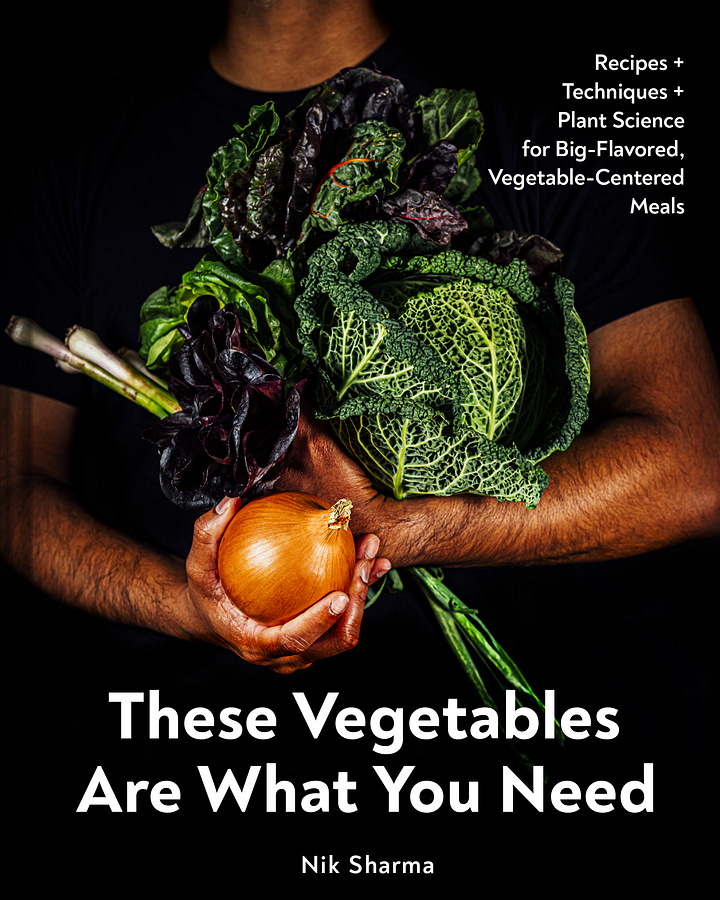

In each case, “Veg-Table” stood out from the rest, and that helped us seal the name of the book. This narrowed our options down, and the more I looked at them, the third option in the panel above was hands down my favorite (and it turned out everyone else’s, too). The way the title of the book was laid out was playful and fun, which is precisely the style of the recipes in this book. I prefer clean and controlled illustrations and designs; more is less. I want the design and illustrations to help you cook the recipes, not distract and take your attention away.
I’m absolutely thrilled with the way Veg-Table turned out. The cover perfectly reflects what you expect: fun and bold flavors with a hint of playfulness in the kitchen. I hope you will come to love it as much as I do.





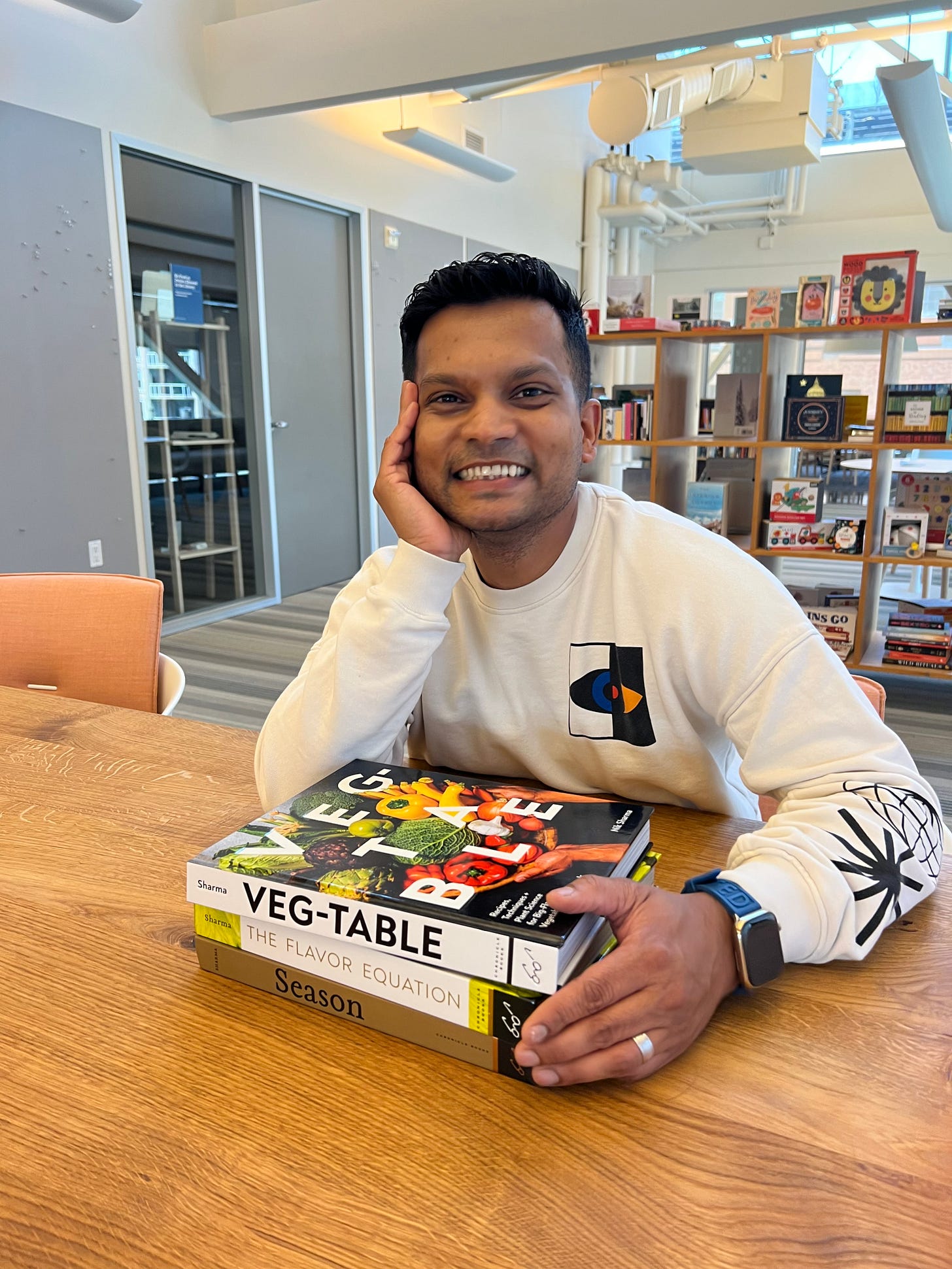
Gorgeous!
This is such a fascinating window into the importance of a fabulous cover, and how it evolves. Happily you arrived at a beauty!